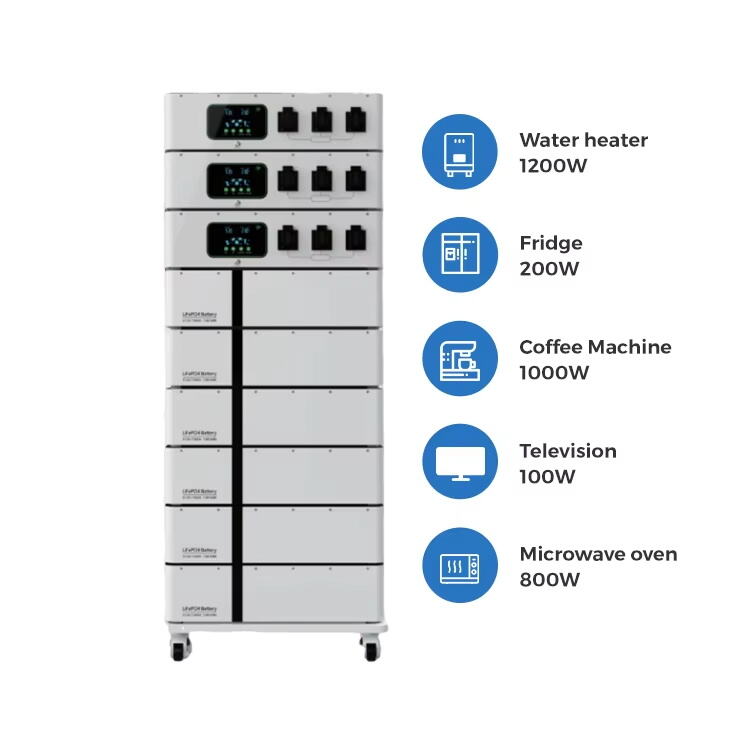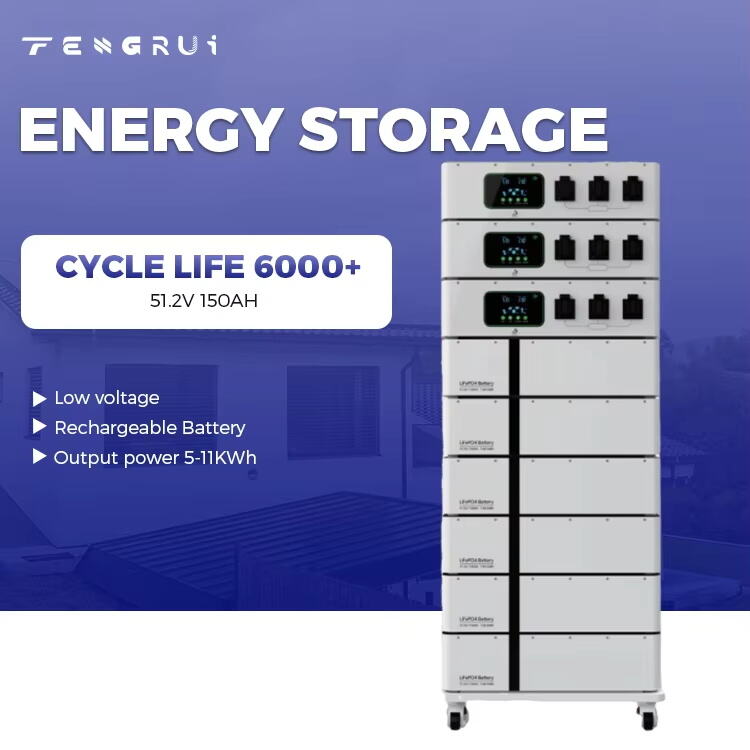A Reliable Core for Long-Term Energy Storage
As the demand for energy storage systems (ESS) continues to rise in residential, commercial, and industrial sectors, battery chemistry becomes a critical factor in determining long-term performance, safety, and efficiency. Among the various technologies available today, LFP batteries have gained significant attention due to their exceptional lifecycle, thermal stability, and cost-effectiveness. These advantages make LFP chemistry a top choice for modern ESS solutions, especially in applications where durability and reliability matter most.
Unmatched Cycle Life and Stability
Extended Lifecycle Performance
One of the most compelling reasons to choose LFP batteries is their superior cycle life. Unlike traditional lithium-ion chemistries, LFP cells can deliver up to 4,000–10,000 charge-discharge cycles, depending on usage conditions and depth of discharge. This extended performance makes them ideal for ESS, where daily cycling is common.
Because of this longevity, LFP batteries require fewer replacements over the lifespan of a system. This reduces maintenance costs and enhances return on investment. For homeowners and businesses investing in ESS, choosing a battery with a long service life means greater energy independence and long-term cost savings.
Thermal and Chemical Stability
Safety is a paramount concern when it comes to battery storage. LFP batteries are known for their excellent thermal and chemical stability. Unlike other chemistries that can overheat or catch fire under stress, LFP cells are far more resistant to thermal runaway.
This stability makes them an ideal solution for hot climates, off-grid installations, and indoor ESS environments where safety concerns are heightened. It also reduces the need for complex cooling systems or fire suppression equipment, simplifying installation and lowering operating costs.

Optimized for Daily ESS Applications
High Efficiency for Energy Management
Efficiency matters in any energy storage application. LFP batteries consistently deliver high round-trip efficiency, often exceeding 95%. This means less energy is lost during charging and discharging, which translates to more effective energy management.
For applications like peak shaving, load shifting, and solar self-consumption, this efficiency becomes even more valuable. Over time, users can extract more usable energy from their systems without increasing input costs, making the energy storage process more sustainable and economical.
Fast Charging and Discharging Capabilities
Another key advantage of LFP batteries is their ability to handle high charge and discharge rates without compromising safety or longevity. This feature is especially beneficial in ESS applications where quick response times are essential, such as grid balancing or frequency regulation.
Whether the goal is to power heavy household loads, support an electric vehicle charger, or provide instant backup power during a blackout, LFP’s responsiveness ensures that the system can keep up with real-world demands.
Environmentally Responsible Energy Storage
Non-Toxic and Resource Friendly
Unlike some lithium-ion chemistries that rely on rare or toxic materials like cobalt and nickel, LFP batteries use iron phosphate as the cathode material. This makes them more environmentally friendly and easier to recycle.
Their production also places less strain on supply chains and reduces the ethical concerns associated with mining practices. For environmentally conscious homeowners or organizations aiming to reduce their carbon footprint, LFP provides a more sustainable alternative without sacrificing performance.
Lower Carbon Footprint Over Lifetime
Because LFP batteries last significantly longer than other chemistries, they contribute to a reduced carbon footprint over the life of the system. Fewer battery replacements mean less energy and material consumption over time.
When combined with renewable energy sources like solar or wind, LFP-based ESS can help create a truly sustainable energy cycle—from generation to storage and consumption.
Adaptability Across Energy Storage Markets
Versatile System Integration
Thanks to their modularity and compatibility with a range of energy management systems, LFP batteries are easily integrated into new and existing ESS setups. Whether deployed in residential solar-plus-storage systems, commercial peak demand mitigation, or industrial microgrids, LFP technology proves adaptable.
Installers and system designers value this versatility, as it allows them to design solutions that fit specific energy needs, site limitations, and regulatory requirements. From compact wall-mounted units to large containerized systems, LFP offers the flexibility that the market demands.
Reduced Maintenance and Downtime
With fewer degradation issues and strong resistance to capacity fade, LFP batteries require less maintenance compared to other battery types. This translates into lower operating costs and increased system uptime.
Whether you're managing a single-family home or a facility with complex energy needs, fewer service calls and lower risk of failure mean a more dependable storage solution over time.
Frequently Asked Questions
What makes LFP batteries different from other lithium-ion chemistries?
LFP batteries use lithium iron phosphate instead of cobalt or nickel-based compounds.
This makes them safer, more stable, and longer-lasting than many traditional lithium-ion options.
Are LFP batteries suitable for cold or hot climates?
Yes, LFP batteries perform well in a wide range of temperatures.
Their thermal stability makes them suitable for both high-heat environments and moderately cold regions.
Do LFP batteries require special maintenance?
LFP batteries are low-maintenance compared to other battery types.
Routine software updates and visual inspections are generally sufficient for long-term operation.
How long do LFP batteries typically last in ESS?
Depending on usage and design, LFP batteries can last 10 to 20 years.
Their high cycle life allows them to withstand daily use without significant degradation.

